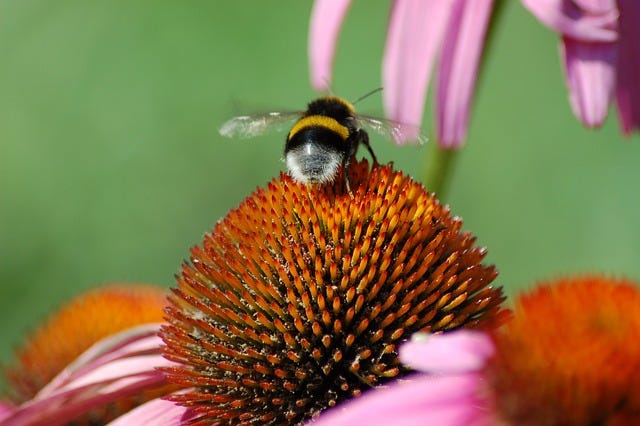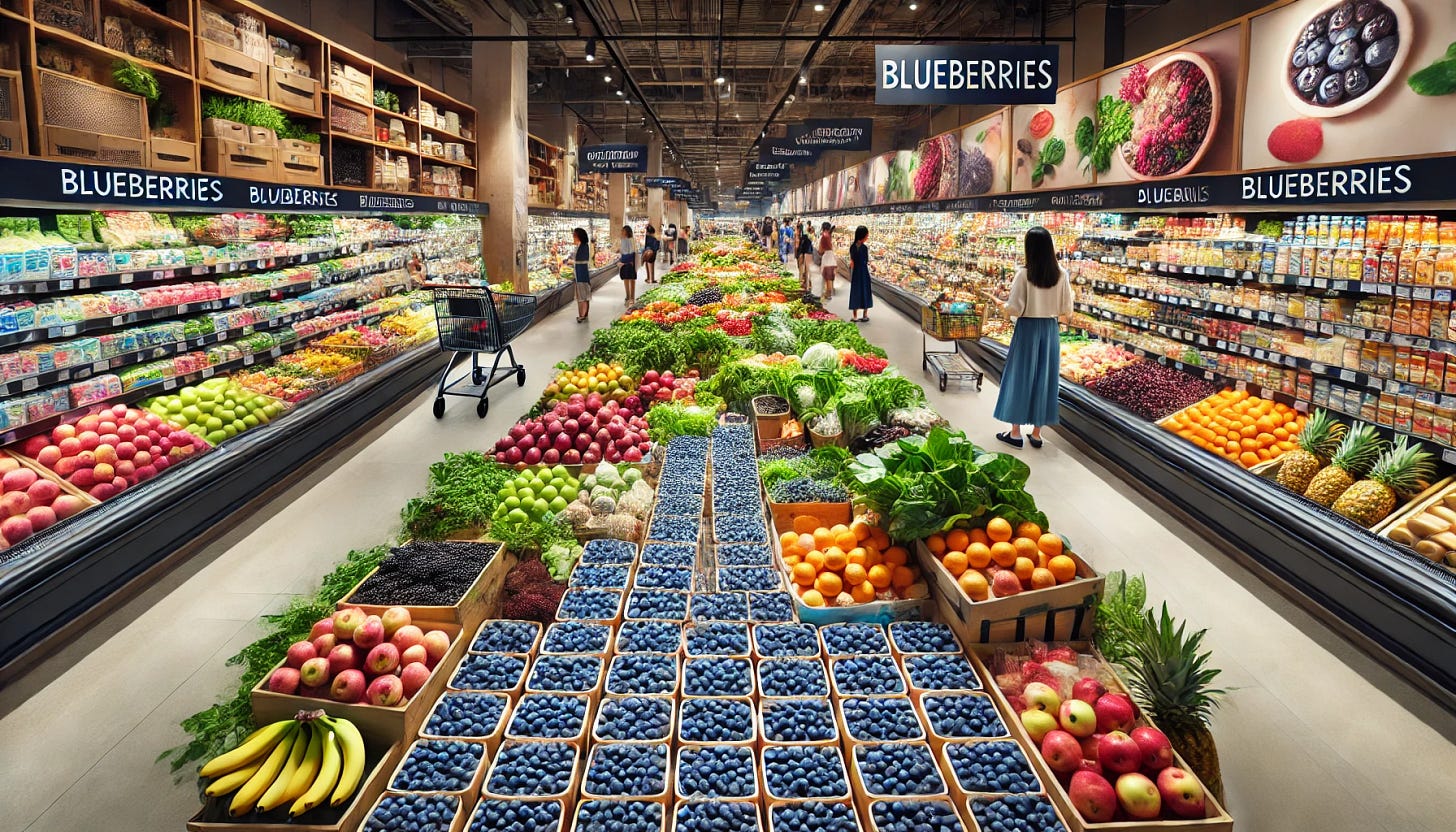"We are like islands in the sea, separate on the surface but connected in the deep." William James.
This profound statement encapsulates the dual nature of human existence, emphasizing both our individuality and our interconnectedness.
On the surface, like islands, we appear as distinct entities, each with unique characteristics, thoughts, and experiences. Our daily lives are shaped by personal perspectives and individual pursuits, creating a sense of separation from those around us. This individuality is vital, as it fosters diversity, personal growth, and innovation. Like an island, each person contributes uniquely to the tapestry of human civilization, enriching it with varied cultures, ideas, and traditions.
However, beneath this surface-level separation lies a deeper, more intrinsic connection that binds us together. Just as islands are part of the same vast ocean, humans are interconnected through shared emotions, experiences, and the fundamental aspects of being. We share a common heritage that shapes our perceptions and reactions. This shared heritage forms the deep waters that connect us, highlighting our similarities and shared humanity despite surface differences.
A blueberry
A small and unassuming blueberry serves as a remarkable example of the interconnectedness of all life. This tiny fruit encapsulates a vast web of biological relationships and environmental processes, highlighting the intricate balance sustaining life on Earth.
The life of a blueberry begins with the blueberry bush, a plant that relies on the soil for nutrients. The soil is a complex ecosystem teeming with microorganisms, insects, and other plant life, all contributing to the nutrient cycle. Decomposing organic matter enriches the soil, providing essential minerals for the blueberry bush. The bush's roots interact with mycorrhizal fungi, which help absorb water and nutrients, demonstrating a symbiotic relationship where both the plant and fungi benefit.
Pollination is another critical process that underscores the interconnectedness of life. Blueberry bushes rely on bees and other pollinators to transfer pollen from flower to flower, enabling fertilization and the eventual growth of the berries.
This relationship between plants and pollinators is vital for the reproduction of the blueberry bush and for the pollinators' survival, which depends on the nectar as a food source. The decline of pollinator populations because of habitat loss, pesticide use, and climate change directly threaten the production of blueberries, illustrating how interconnected and delicate these relationships are.
Environmental factors influence blueberry ripening. These elements are part of larger climatic systems that affect all living organisms. Changes in weather patterns, driven by global climate shifts, impact the growth and yield of blueberry crops. This connection between climate and plant growth shows how distant environmental changes can affect local ecosystems and food sources.
Once harvested, blueberries enter human food systems, linking agriculture with human nutrition and health. Blueberries' cultivation, distribution, and consumption involve a network of farmers, distributors, retailers, and consumers. This chain shows economic and social interconnectedness, as the livelihoods of many people depend on the successful growth and sale of this fruit. Additionally, the health benefits of blueberries, rich in antioxidants and vitamins, connect the well-being of humans to the natural world, emphasizing the importance of biodiversity and sustainable agricultural practices.
A blueberry is far more than just a fruit. It is a symbol of the profound interconnectedness of all life. From the microscopic organisms in the soil to the vast climatic systems that influence its growth, from the bees that pollinate its flowers to the humans who benefit from its nutrients, the life cycle of a blueberry illustrates nature's delicate balance and interdependence. This delicate balance is a reminder of the fragility of our interconnected web of life, and understanding this encourages a greater appreciation for the environment and a recognition of the importance of preserving it.
Once harvested, the blueberries enter the supply chain, a complex network involving many steps before reaching the consumer. They are sorted, packed, and often transported over long distances. This stage relies on a coordinated effort between farm workers, logistics companies, and retailers. The transportation of blueberries involves refrigerated trucks to maintain their freshness, demonstrating the crucial role of technology in preserving the quality of produce from farm to table and ensuring food safety.
Retailers then play a key role in making blueberries available to consumers. Supermarkets, local markets, and grocery stores stock the fruit, providing access to a wide audience. The marketing and presentation of blueberries influence consumer choices, connecting the agricultural process to consumer behavior and preferences.
Finally, when a person purchases blueberries, they bring home a product that represents a culmination of natural processes, human labor, and technological innovation.
The simple act of eating a blueberry links an individual to a vast network of interconnected elements. The enjoyment of this fruit reminds us of the collaboration and interdependence that characterize our food systems.
So, you see, a blueberry is not just a blueberry.









I like blueberry muffins and blueberry bagels! I probably like blueberries too but I just don't buy blueberries! I really don't buy fruit but I do like some fruit! I love cherries but I hate the pits! But that's another story!